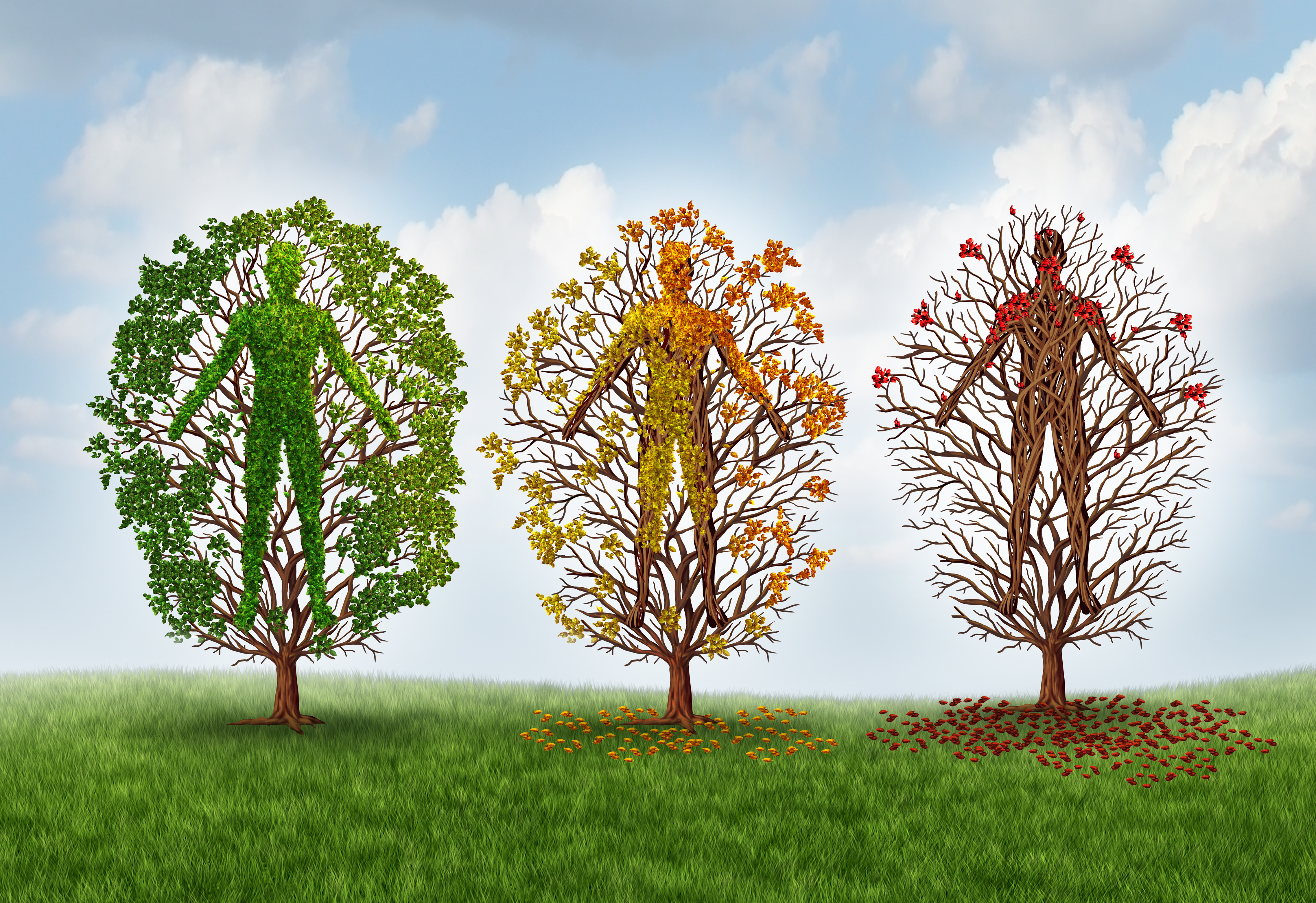By Eric Butterman
Aging is unavoidable. In fact, you just aged while reading that sentence. Although aging is a pillar of life, much about it is unknown. At the Vanderbilt University School of Medicine Basic Sciences, researchers including Kris Burkewitz, assistant professor of cell and developmental biology, are taking on the challenge of unraveling one of life’s greatest mysteries, focusing on ways to improve quality of life as we get older.
Burkewitz says there are many ways to study the aging process. “Historically, research has focused on the specific diseases that arise primarily in older age. These include problems like neurodegeneration, heart disease, and forms of cancer,” he said. “On the other hand, a newer approach called geroscience focuses on the aging process itself: the molecular and cellular events that define the transition from youth to old age, because these are the events that drive all those various age-related diseases.” The aim is to learn how to target specific aging processes that result in the increased risk for these broad diseases so a therapeutic can be created to provide broad spectrum protection against several or many of these ailments all at once. Invertebrate models have become the engines of discovery in the aging field because they allow mapping and manipulation of the genes that impact the aging process.
Part of Burkewitz’s work focuses on studying the aging process in a species of nematodes known as C. elegans. These invertebrates can help determine whether a particular intervention has the potential to extend lifespan or healthspan in an animal system because though they age much more rapidly than humans, they go through many of the same processes. When looking at how aging occurs, there are many ways to go about it. According to Burkewitz, “one involves mapping out all of the changes that are different between an old animal and a young animal.” However, this method comes with challenges because there are an incredibly large number of changes that occur, “and not all of those changes are things that we think are driving the aging process,” he said.
Take gray hair, for example. It correlates with the change from youth to older age, he said. “But our graying hair is not what causes heart disease rates to go up, and reverting it back to its youthful color won’t cure our heart disease either.” The goal is to go to the roots of age-related disease and identify which molecular and cellular changes are causal to the aging process of the whole animal. “That’s the real challenge,” he said. Another part of Burkewitz’s research focuses on understanding the interventions we already possess that extend lifespan. Dietary restriction is a key example that he has studied. When dietary intake is reduced to a level that doesn’t cause malnutrition, it can extend lifespan and protect against diverse age-related diseases in many models, including primates. But these dietary interventions tend to be rather severe, causing quality of life issues in addition to undesirable physiological side effects. That is why the search is on for ways to “mimic the benefits of dietary restriction, but pharmacologically, without such a profound lifestyle change.”
A big focus of the aging field is an organelle known as the mitochondrion. Mitochondria play many roles in the body, including providing much of the energy and molecular building blocks of cells, and they have captured their share of Vanderbilt researchers’ attention s they relate to age. For example, Jason MacGurn, associate professor of cell and developmental biology, is looking into mitochondrial roles in aging in yeast. Antentor Hinton Jr., assistant professor of molecular physiology and biophysics, is mapping how mitochondrial structures change in mammalian systems as they age. Vanderbilt’s aging research is aging well, Burkewitz said. He has seen strong growth in this area at the school in the past several years and is enthusiastic when it comes to its future.
“I think it is a really exciting area of biology generally, and also one of the exciting newer areas of biomedical science as we continue to find ways to translate our research into improvements in human health,” he said. “It has a chance to become even more of a strength here with our nucleus of researchers.”
